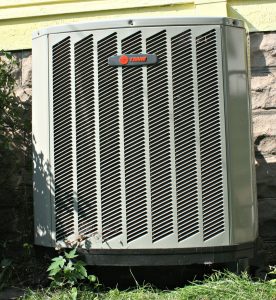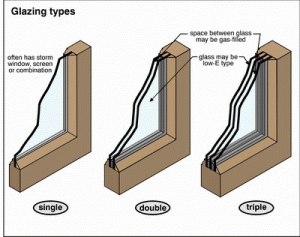We’re ready to put a long winter behind us, but we also want to harness some of that cold air for the dog days of summer. For many people, air conditioning is the beginning and end of the story. But air conditioning is just one of the ways that you and your family can keep cool this summer.
The real key for keeping cool is to keep air moving throughout your home. Here’s how to keep cool this summer: easy tips for everyone to try.
- If you can, open the windows to let air into your home. Not only will this help you become acclimated to warmer temperatures, but the air circulating through your rooms will help keep them cool.
- Use a floor fan or table fan to pull air into your home. Strategically placed fans away from windows will move air deeper into a room, helping air circulation.
- Install a ceiling fan in your bedroom to help you sleep more comfortably, and another in your living room to keep your family cool during the dog days of summer.
- Tune up your air conditioner. The average air conditioner uses as much as 500 watts of electricity during the cooling season. In many parts of the country, August and September are hotter than July! Older or inefficient models will use more, costing you more this summer.
Air conditioner tips and tricks
Even if a new air conditioner isn’t in your budget, there are steps you can take to improve your current model’s performance.

One painless step is to raise your thermostat’s temperature during the day. Why pay to cool the air if no one is at home? Just a two degree increase can save big money each year.
You can do this manually, or install a programmable thermostat. There are many models available, from a basic digital timer to advanced “learning” thermostats that adapt to the way you live in your home.
If you’re not sure where to begin, a certified home performance professional can help you rate your home’s energy efficiency and find the best deals for your wallet and your home. They can help you determine the right size and model air conditioner for you and your home, take advantage of rebates and incentive programs, and make sure your home is performing at its peak.


